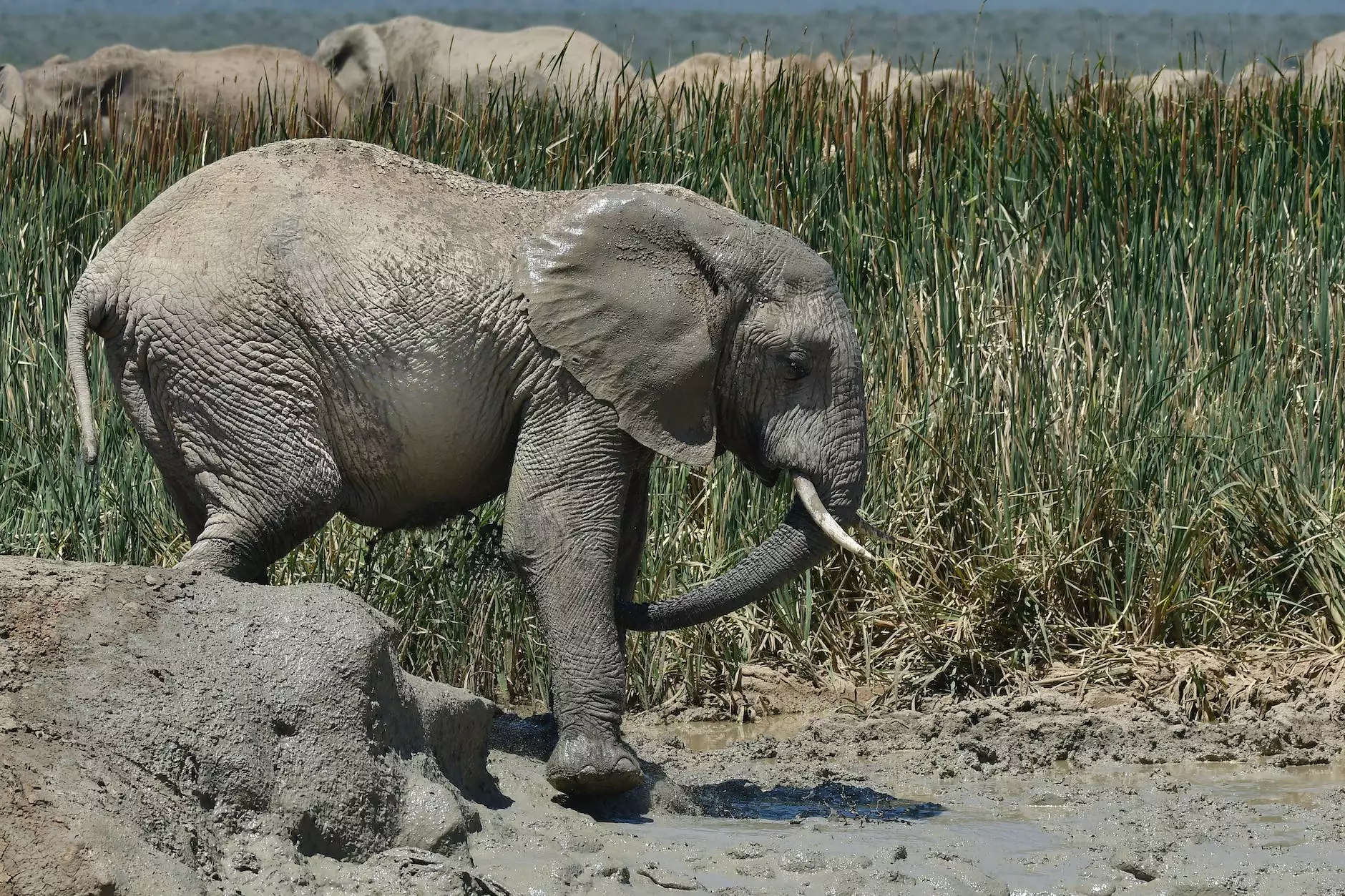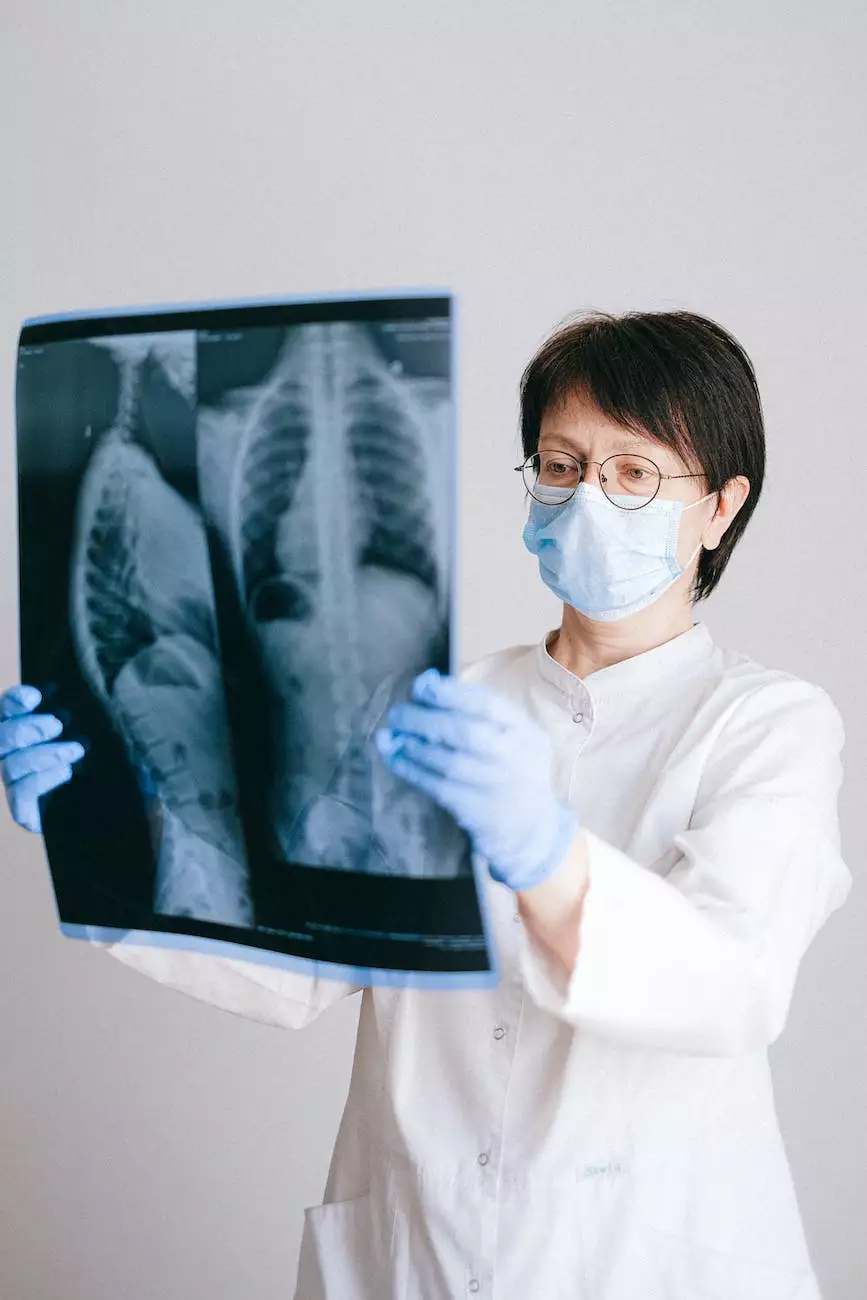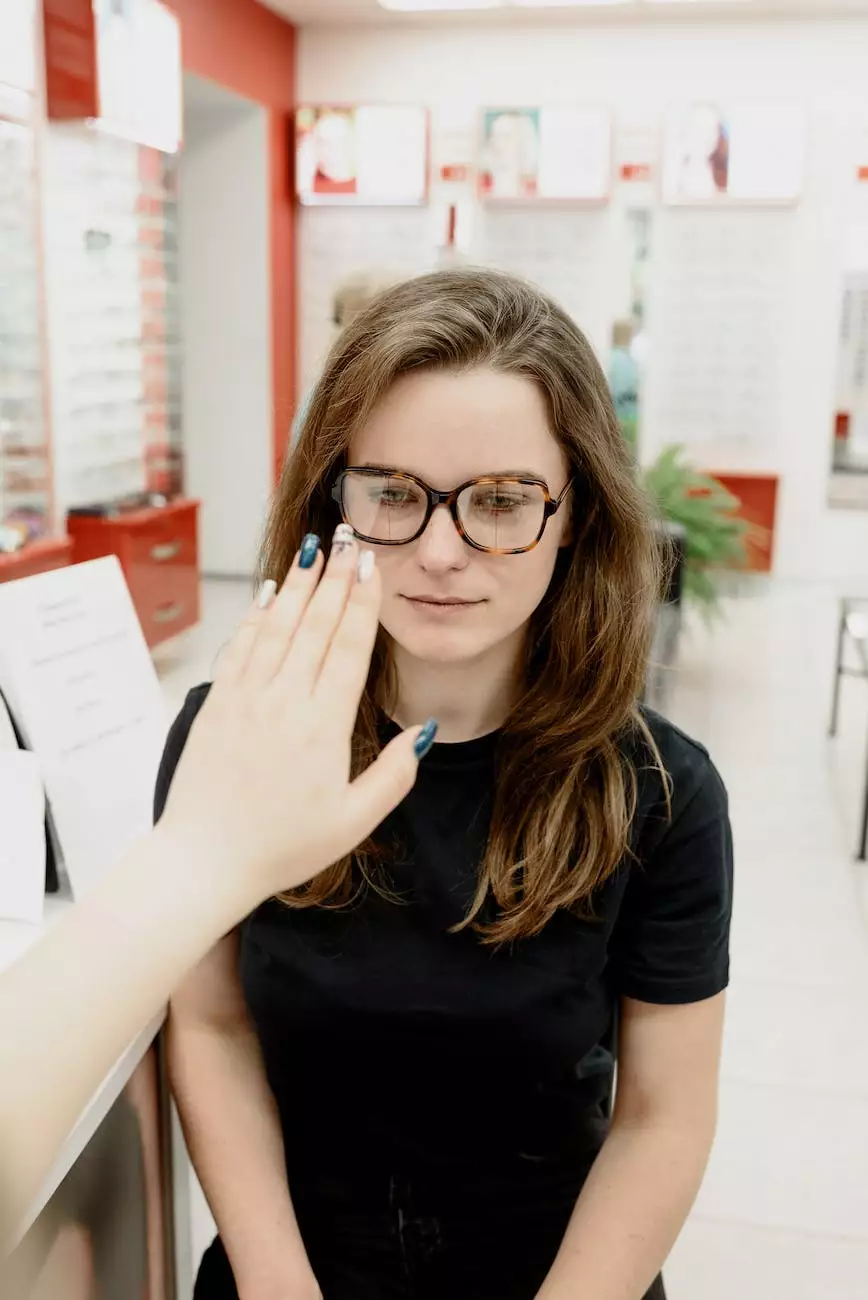Keratoconus: Understanding a Common Eye Disorder
Blog
Overview
Keratoconus is a common eye disorder that affects the cornea, the clear front surface of the eye. It is characterized by thinning and bulging of the cornea, leading to visual distortions and progressive vision loss. This condition typically develops during adolescence or early adulthood and gradually worsens over time. Understanding the causes, symptoms, diagnosis, and treatment options for keratoconus is essential for effective management.
Symptoms
Individuals with keratoconus may experience a variety of symptoms, including:
- Blurred or distorted vision
- Increased sensitivity to light (photophobia)
- Frequent changes in eyeglass prescription
- Difficulty driving at night
- Halos or ghosting around lights
- Irritation and itching of the eyes
- Eye strain and fatigue
If you notice any of these symptoms, it is important to consult an eye care professional for a comprehensive eye examination.
Causes
The exact cause of keratoconus is unknown, but it is believed to involve a combination of genetic, environmental, and hormonal factors. Some potential risk factors for developing keratoconus include:
- Family history of keratoconus
- Excessive eye rubbing
- Chronic eye irritation
- Allergies
- Connective tissue disorders
Further research is needed to fully understand the underlying causes of keratoconus.
Diagnosis
A comprehensive eye examination is crucial for diagnosing keratoconus. During the examination, your eye care professional may perform various tests, including:
- Visual acuity testing
- Corneal topography
- Slit-lamp examination
- Pachymetry (corneal thickness measurement)
- Refraction
These tests help determine the severity of keratoconus and guide appropriate treatment options.
Treatment Options
The treatment of keratoconus aims at improving visual function and preventing further corneal distortion. The following options may be considered:
1. Glasses and Contact Lenses
Initially, eyeglasses or soft contact lenses may help correct mild to moderate vision problems caused by keratoconus. As the condition progresses, specialized contact lenses, such as rigid gas permeable lenses or scleral lenses, may provide better visual outcomes.
2. Corneal Cross-Linking (CXL)
CXL is a non-invasive procedure that strengthens the cornea and stabilizes the progression of keratoconus. This treatment involves applying riboflavin eye drops to the cornea and then exposing it to ultraviolet light. CXL can help prevent further thinning and bulging of the cornea.
3. Intacs
Intacs are small, thin plastic rings that are surgically inserted into the cornea to flatten and reshape it. This procedure can improve visual acuity and reduce the need for contact lenses or eyeglasses in some individuals.
4. Corneal Transplantation
In severe cases of keratoconus, when other treatments fail to provide adequate vision correction, corneal transplantation may be recommended. This surgical procedure involves replacing the damaged cornea with a healthy donor cornea.
Conclusion
Keratoconus is a common eye disorder that requires timely diagnosis and appropriate management. By understanding the causes, symptoms, diagnosis, and treatment options for keratoconus, individuals can take proactive steps to protect their vision and maintain a high quality of life. If you suspect you may have keratoconus or are experiencing any vision problems, it is crucial to consult an experienced eye care professional for a comprehensive evaluation and personalized treatment plan.









